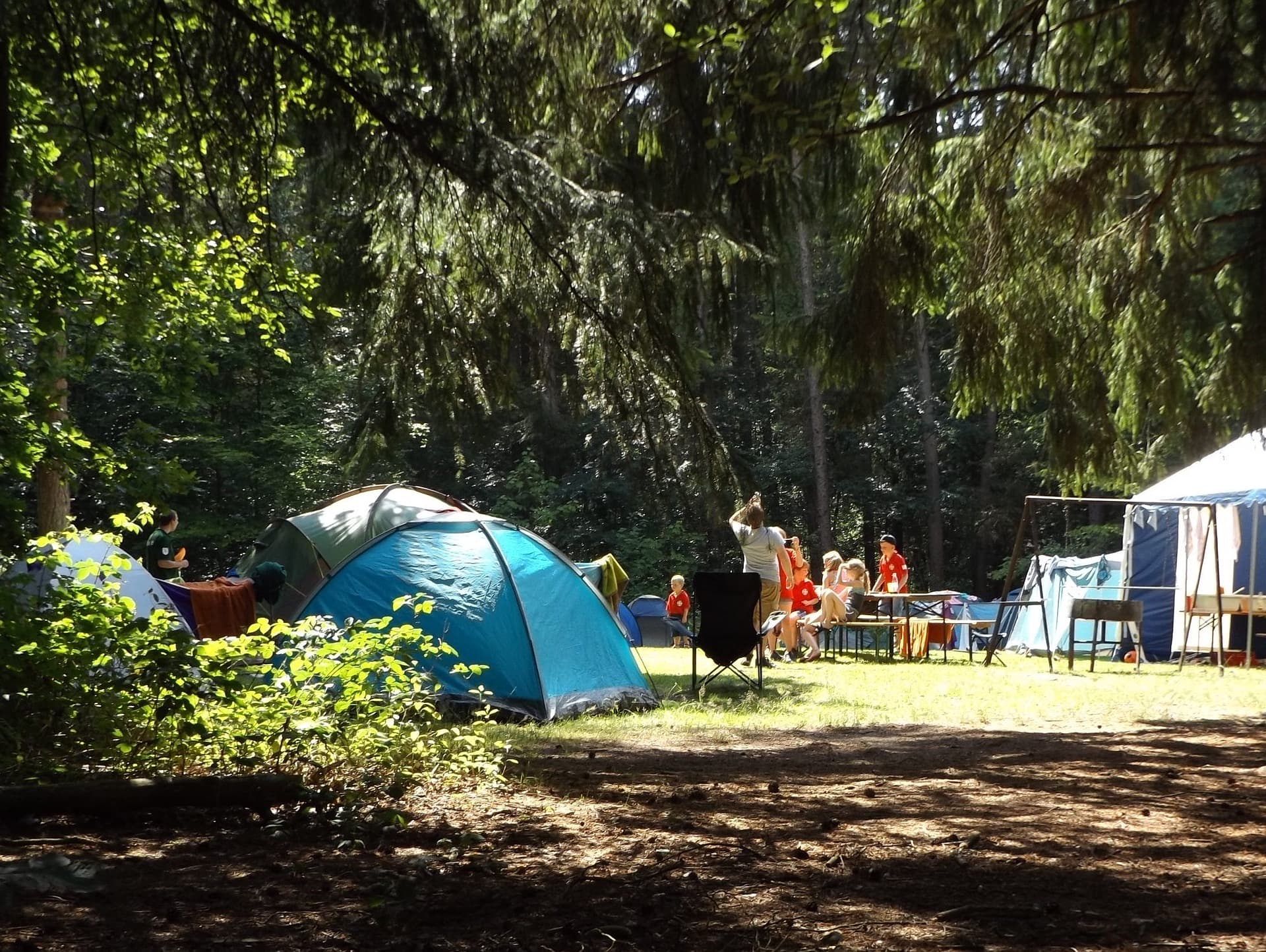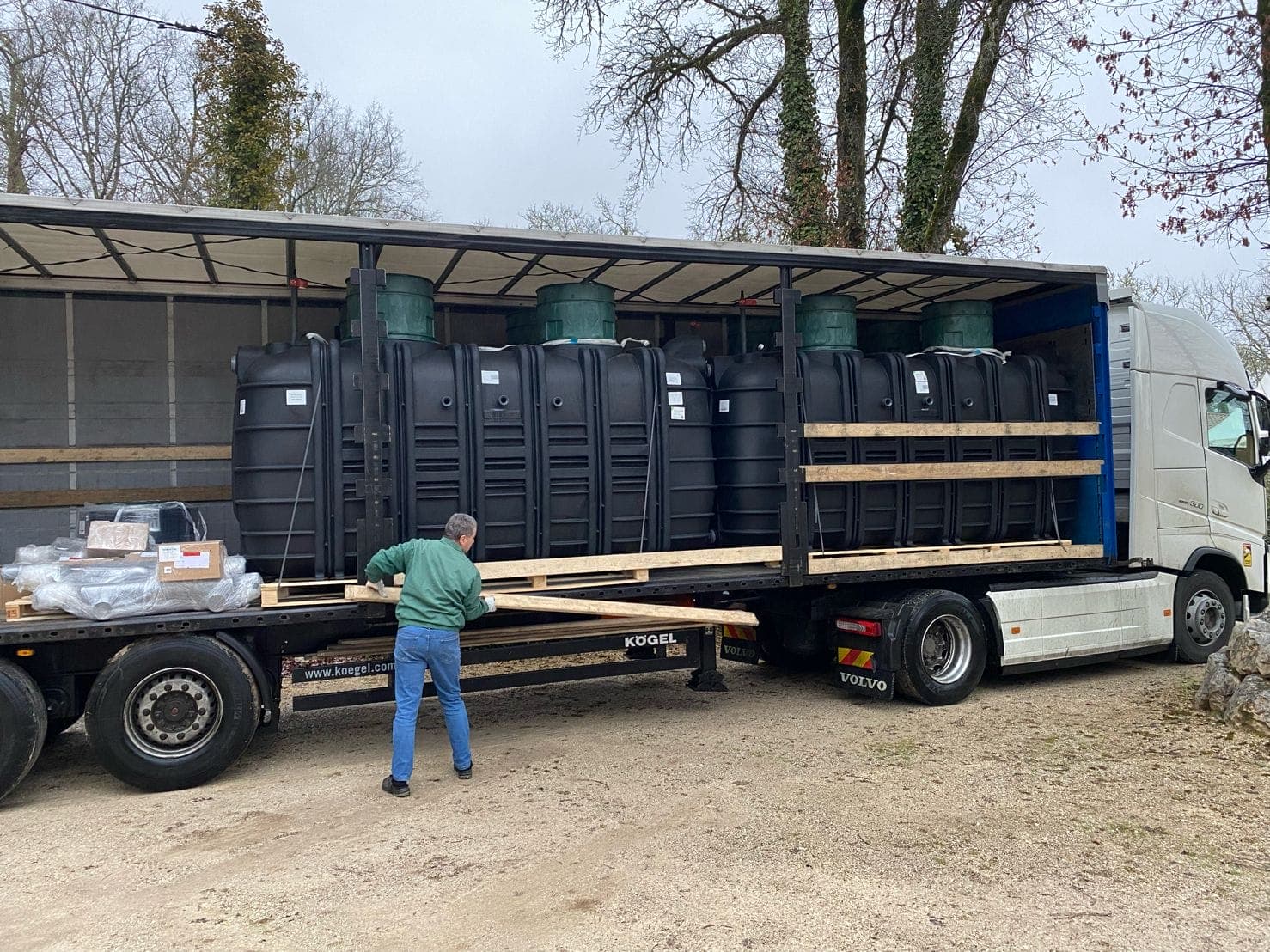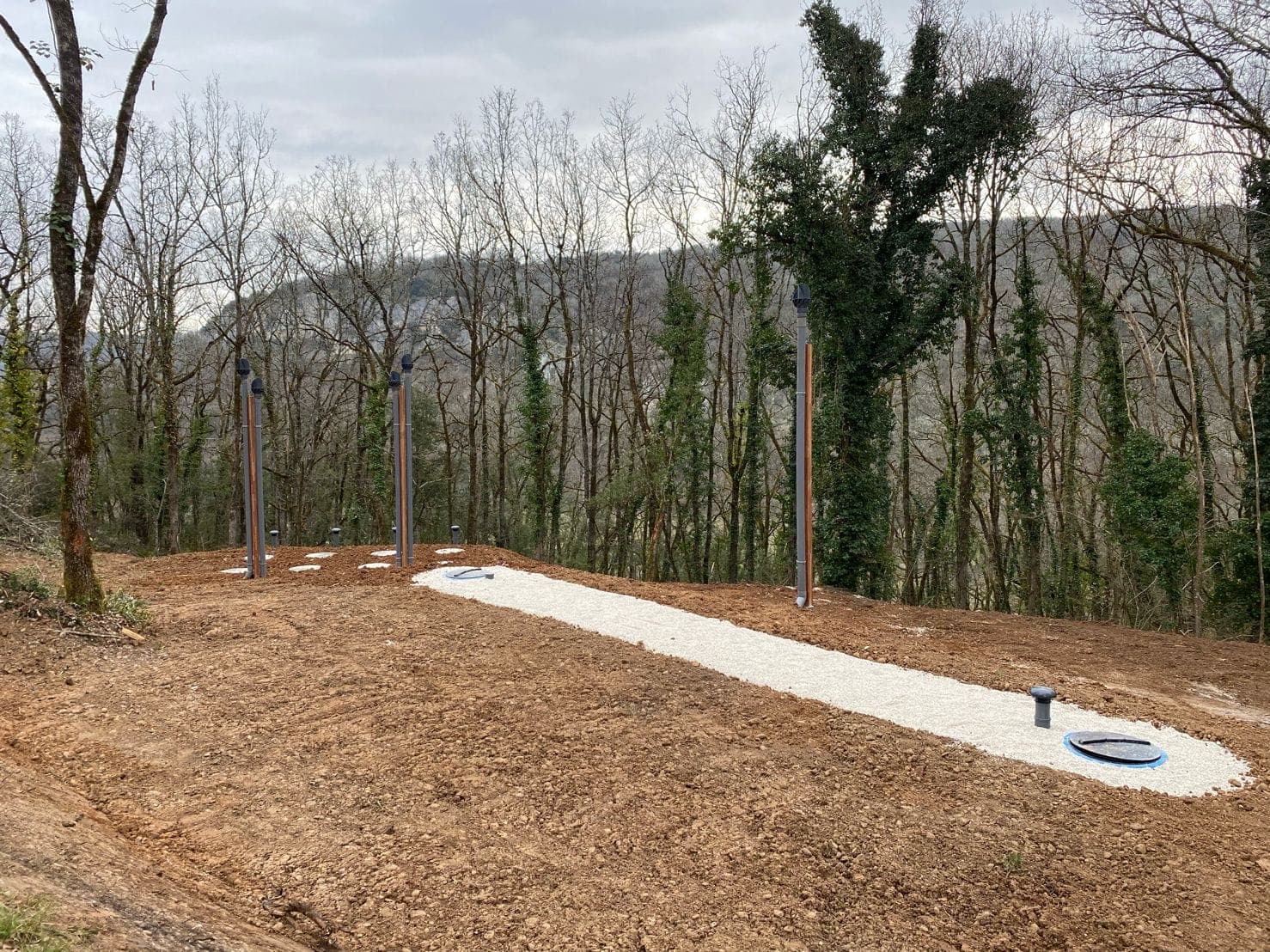Individual wastewater treatment is vital for campsites. They are often located in remote areas that are not connected to the sewer system, but need to treat large quantities of wastewater while protecting the surrounding environment. However, finding the ideal sanitation solution for a campsite, and overcoming the challenges associated with it, can be difficult. Fortunately, there are solutions available to make the process easier. So, whatever your campsite sanitation challenge may be, this article will offer you the keys to choosing the right solution. We'll start by looking at how to do the right sizing, before moving on to discuss the challenges and solutions that can be found.
 Sizing is based on the volume and quality of the wastewater to be treated. For example, a campsite with moderate activity will require less space for a system than one that hosts hundreds of visitors. However, the seasonality and the number of users are also to be taken into account because they will determine the polluting loads and the space required to treat this wastewater. Thus, sizing must be done taking all factors into account to obtain optimal performance and an installation that will meet legal requirements.
Sizing is based on the volume and quality of the wastewater to be treated. For example, a campsite with moderate activity will require less space for a system than one that hosts hundreds of visitors. However, the seasonality and the number of users are also to be taken into account because they will determine the polluting loads and the space required to treat this wastewater. Thus, sizing must be done taking all factors into account to obtain optimal performance and an installation that will meet legal requirements.
To simplify the calculation process, individual wastewater systems are sized using a specific unit: the Population Equivalent, often abbreviated to PE. For residential sanitation, one PE is used per main room in the house. For campsites, too, the same unit PE is used; however, there can no longer be a direct correlation between PE and main rooms.
We consider:
For example, a campsite with 100 tent and caravan pitches and 50 mobile homes would require a facility sized at 250 PE.
Campsites are often located in quiet and peaceful areas, which means that any noise or odor from the sanitation system must be avoided for the tranquility of the campers.
In addition, the system must blend harmoniously into the surrounding landscape and the space available can sometimes be limited.
Finally, the system must be able to withstand very high load variations because summer periods are much more intense than winter periods.
To overcome these challenges, the system must be adapted to the volume and quality of the wastewater to be treated as well as to the space and seasonal constraints.
The compact filter is the perfect device for a campsite, because it does not consume electricity, takes a reasonable space, and supports perfectly the load variations. Its integration in the landscape is very good, and it can be installed in only one or two days!
Compact filters such as the BIOROCK's MULTIROCK offer an ideal solution for campsites.


MULTIROCK installation of 100 PE in a campsite located in the Lot in France
MULTIROCK systems are designed to be a ready-to-use solution for campsites that want to install efficient and environmentally friendly non-collective sanitation. These systems are easy to install and have a very small footprint, allowing them to adapt to space and seasonal constraints. MULTIROCK filters have an innovative technology that allows the efficient treatment of wastewater without strong odors or noise pollution. They also offer optimal landscape integration and are designed to withstand very high load variations and extended operating times.
In conclusion, MULTIROCK compact sewage treatment systems are an ideal solution for campsites that wish to have efficient and durable wastewater treatment without harming the environment or the peace and quiet of the campers.
When choosing a sanitation system for campsites, it's important to understand the dimensional requirements and the challenges associated with on-site sanitation and campsites. Then you should choose a solution that will meet all of these requirements.
Need more information? Our team of experts will be happy to advise you!